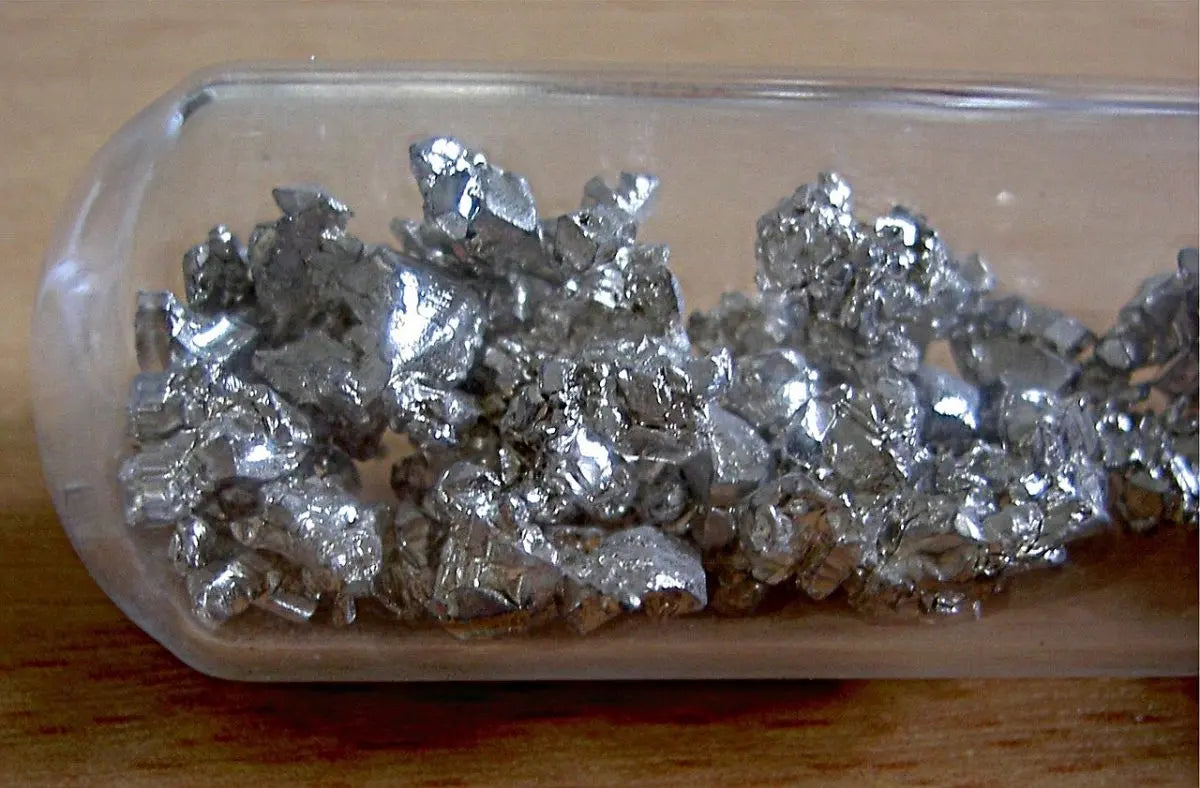All About Calcium
Calcium (Ca) is an alkali metal which is quite reactive and it can commonly be found in a mineral form such as lime (calcium carbonate). The surface of it quickly becomes tarnished to a dark colour when it is exposed to air. It is a vital nutrient to almost all living things. Milk is a well-known source of calcium:
Calcium (Ca) is the first of 3 secondary nutrients. Calcium is metal and it is absorbed by plant roots in its ion form (Ca+). Once Calcium has been used for a purpose it becomes fixed in place. Unlike some other nutrients, Calcium cannot be moved and reused. For this reason, plants need a fairly steady supply to ensure that new growth is deficient-free. Plants take up calcium by absorbing it along with water in the root-zone. The water is then passed out of the plant through its stomata (breathing pores). This process is called transpiration and it is how plants obtain most of their nutrients.
Signs of a calcium deficiency are stunted growth, and yellow-brown spots appear on leaves on. Lower leaves can become distorted and rolled. Blossom end-rot on fruits and flowers will likely set in:
An overdose of calcium is rare, but too much of it can lock out magnesium and potassium causing deficiencies in those 2 nutrients.

